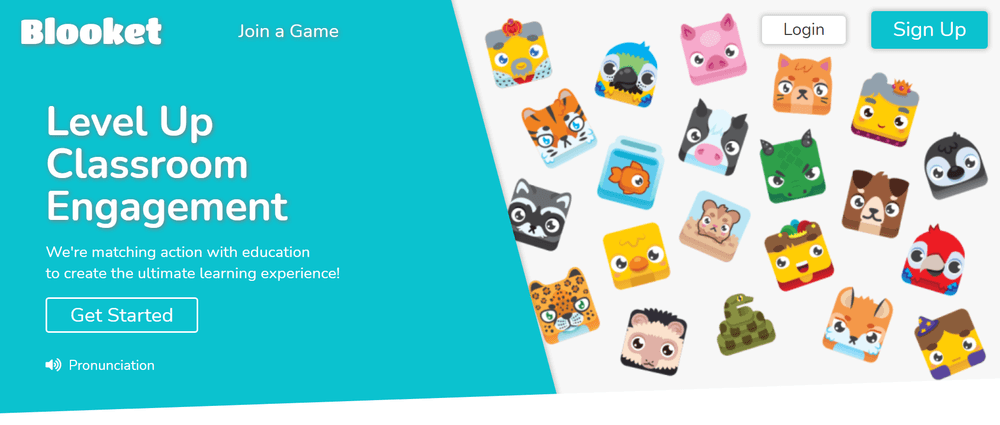Christopher Roney
ECS 303
Nov. 17th, 2020
What’s in my Pocket?
This student is named John, and he is a 18 year old with autism and a speech disability. They use an app with sight words to communicate but seem to comprehend very well when asked to do something, when they are being cooperative. They have a one on one assistant with them almost all the time, they are very noise sensitive but at the same time love making noises and recording sounds themselves and can be very distracted and uncooperative if they are amused by it. They are a large person so it can be difficult to get them to cooperate. They are also a flight risk and will try and swallow small objects if they can so they need to be watched. They
They are intelligent and are able to follow instructions and understand what you ask of them, it only is they do not speak other than some few mumbles of words other than that they communicate through the sight word app, which they will not use with someone until they are comfortable with them. I have only known them to write a few words in short form with not a lot of grammar or full sentence points. They have not been aggressive or physical with anyone that I have known of, and seem to like doing activities with their hands and sequence games.they have certain goals set by the school to work on and complete like for one example they have a tenancy to move their hands to an inappropriate area, and another is they have to use the app to communicate. While doing the goals they had certain grades “PD,SI,I” which is physically dependent, Semi independent and independent. They are educated and they just have trouble communicating, and social aspects. My thoughts are how do we have someone like john feeling included and on the same page when he is requiring so much care. Everyone learns differently and he may need more help than others to do work but from what I have observed he learns better by visual cues and learning by watching.
Planning for Differentiation
Learning Environment:
For my student John, he is someone who can be very sensory sensitive and sound sensitive so I feel as though that is an environment where they will be able to get away from the busy classroom and feel comfortable and safe for them to be in. Another option to help this student would be “Provide an area free from distractions for students” (The Adaptive Dimension for K-12 Students (2017) pp.11) Like I said in the profile they can be very distracted by noises and things that can make sounds, so they will need an environment in which they can be alone and focused on the work that they are doing. Because of the way the student communicates through sight words and through his phone so we can use those visual sight words throughout the classroom to grow their knowledge and expand their vocabulary, and help with the communication in the classroom.
Instruction:
“Instruction builds on the students prior knowledge” (The Adaptive Dimension for K-12 Students 2017, pp. 8) meaning that we need to cater our instructions to what the student knows and what they have experienced, for my student they will most likely need a different type of instruction due to their comprehension capability. For them they will need more in depth and slower instruction, as I said their comprehension is good when told to do something verbally, so their instruction would be given verbally and task based, we could also use the sight words on a page to step by step the lessons or their tasks, but we could make it so that the whole class learns the task verbally but then John can take it step by step with a sight word sheet and help from the teacher or EA if he has one at that time.
Resources:
Again this student uses an app on his phone to communicate with people and the teacher, so they will use that in the classroom. They also use noise cancelling headphones to drown out the distractions and noise of the classroom, as I have said above we will need the in the list on the document there is Provide assistive technology such as speech to text, text to “speech, word prediction, talking dictionary and highlighter. Encourage students to use visual dictionaries to verify meanings or spellings of words.” (The Adaptive Dimension for K-12 Students 2017, pp.11) and that is what I would add to my classroom for this student so that they can use all of these things to help them complete the work and feel comfortable in the classroom to work
Assessment:
For the assessment for my student, I would give additional time and help to complete assignments and make time to walk through with them the steps on how to do an assignment, and for my student who has higher needs then some I believe their assessment should be a daily ongoing assessment on their participation and effort. Another thing that is big for this student’s assessment is the involvement of the students’ parents and family, so that they can be part of their learning experience. This student has higher needs which is why they need higher differentiation in their studies, and more ways that they can be assessed due to their ability to complete tasks at a similar level to their colleagues. If this student is fortunate enough to have an EA with them then I think that would be another way they will better their learning and the Teacher and EA can discuss how to assess and how they can help each other for the better of the student’s success and assessment.
Work Cited:
The Adaptive Dimension for K-12 Students (2017)

